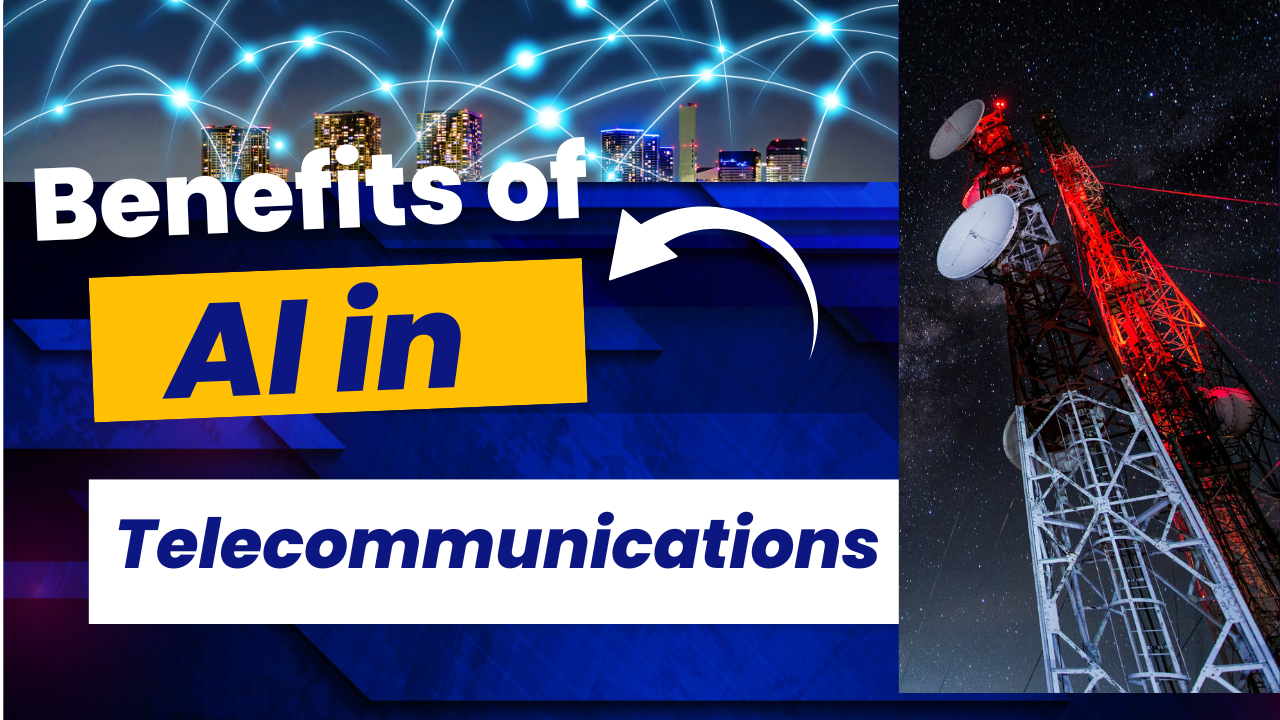The smart grid, characterized by its advanced digital technologies and connectivity, aims to improve the efficiency, reliability, and sustainability of electrical power systems. While connectivity is crucial for the smart grid’s functionality, ensuring the security of the interconnected components is equally important. Here’s a more detailed look at how the smart grid achieves connectivity with a focus on security:
Components of Smart Grid Connectivity:
- Advanced Metering Infrastructure (AMI):
- Connectivity: Smart meters enable bidirectional communication between utilities and consumers, providing real-time data on energy consumption.
- Security Measures: Encryption, secure communication protocols, and authentication mechanisms are implemented to protect data integrity and privacy.
- Substation Automation:
- Connectivity: Substations use intelligent electronic devices (IEDs) and sensors with communication capabilities for real-time monitoring and control.
- Security Measures: Firewalls, intrusion detection systems, and secure protocols are employed to prevent unauthorized access and cyber threats.
- Distribution Automation:
- Connectivity: Automated switches, sensors, and communication networks enhance fault detection and response in the distribution network.
- Security Measures: Secure communication channels, encryption, and regular security audits are employed to mitigate cybersecurity risks.
- Renewable Energy Integration:
- Connectivity: Communication systems integrate renewable energy sources, helping balance and optimize their variable generation.
- Security Measures: Secure protocols and monitoring mechanisms ensure the integrity of communications and protect against cyber threats.
- Grid Management Systems:
- Connectivity: Centralized grid management systems use communication technologies to monitor and control overall grid operations.
- Security Measures: Robust cybersecurity measures, including role-based access control and incident response plans, are implemented to safeguard critical systems.
Security Measures in Smart Grid Connectivity:
- End-to-End Encryption:
- All communication within the smart grid, from sensors to control centers, is encrypted to protect against eavesdropping and unauthorized access.
- Authentication Protocols:
- Secure authentication protocols verify the identity of devices and users, ensuring that only authorized entities can access and control components of the smart grid.
- Firewalls and Intrusion Detection/Prevention Systems:
- Firewalls control network traffic, and intrusion detection/prevention systems monitor for and respond to potential cyber threats, safeguarding against unauthorized access and attacks.
- Secure Communication Protocols:
- The use of industry-standard secure communication protocols ensures the integrity and confidentiality of data transmitted within the smart grid.
- Regular Security Audits and Updates:
- Routine security audits and timely software updates help identify vulnerabilities and address potential weaknesses, maintaining the resilience of the smart grid against evolving cyber threats.
- Incident Response Plans:
- Comprehensive incident response plans are in place to guide utilities in responding effectively to cybersecurity incidents, minimizing disruption and facilitating a quick recovery.
- Training and Awareness Programs:
- Ongoing education and training programs ensure that personnel are aware of cybersecurity best practices, promoting a culture of security within the organization.
- Regulatory Compliance:
- Adherence to regulatory standards and compliance requirements ensures that the smart grid meets industry-recognized security benchmarks, contributing to a secure and reliable power infrastructure.
Balancing connectivity with robust security measures is essential to building a resilient smart grid that can effectively meet the challenges of the modern energy landscape while safeguarding against potential threats. Continuous monitoring, proactive measures, and collaboration across the industry are crucial to maintaining the security and reliability of the smart grid.








